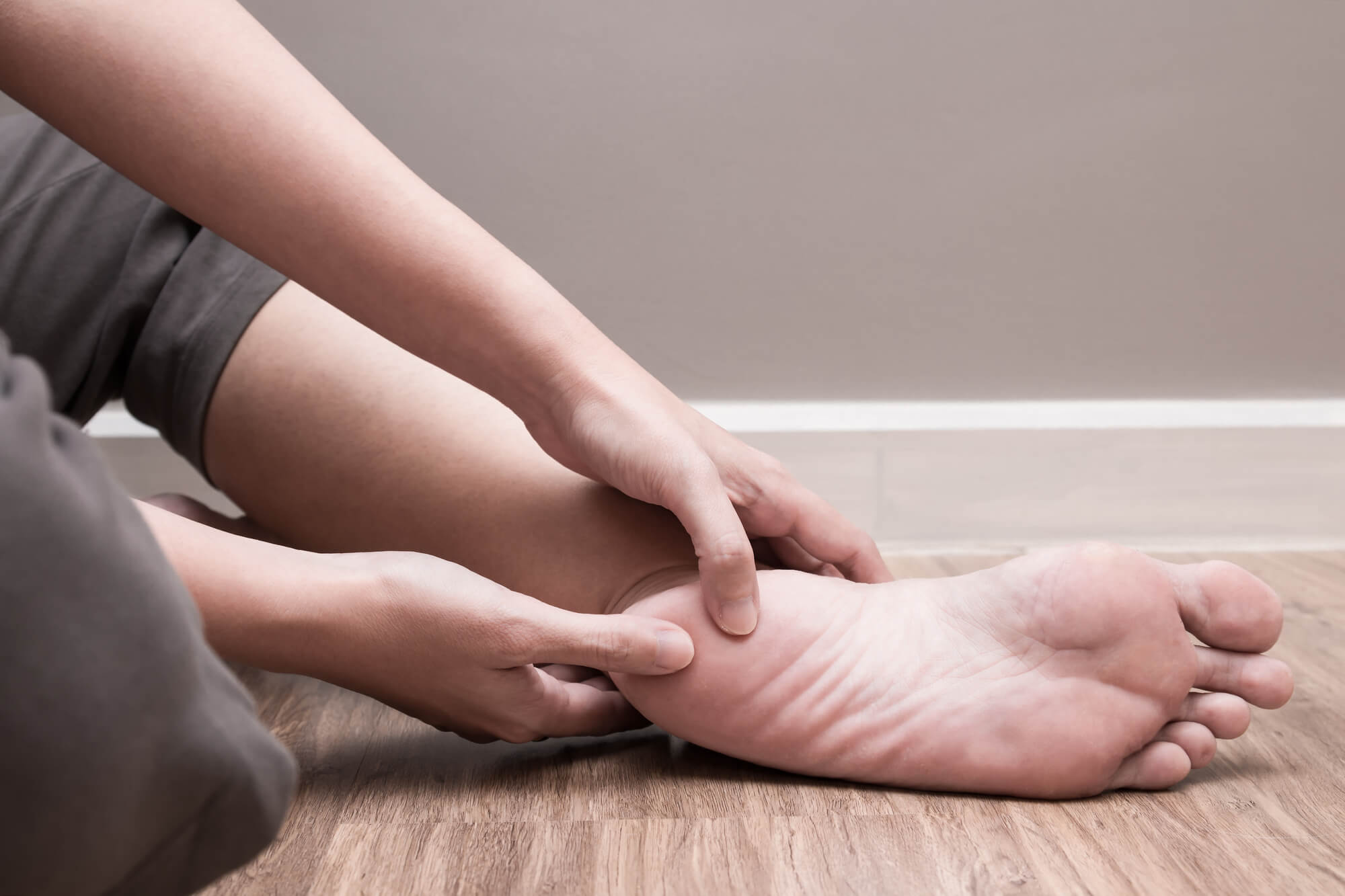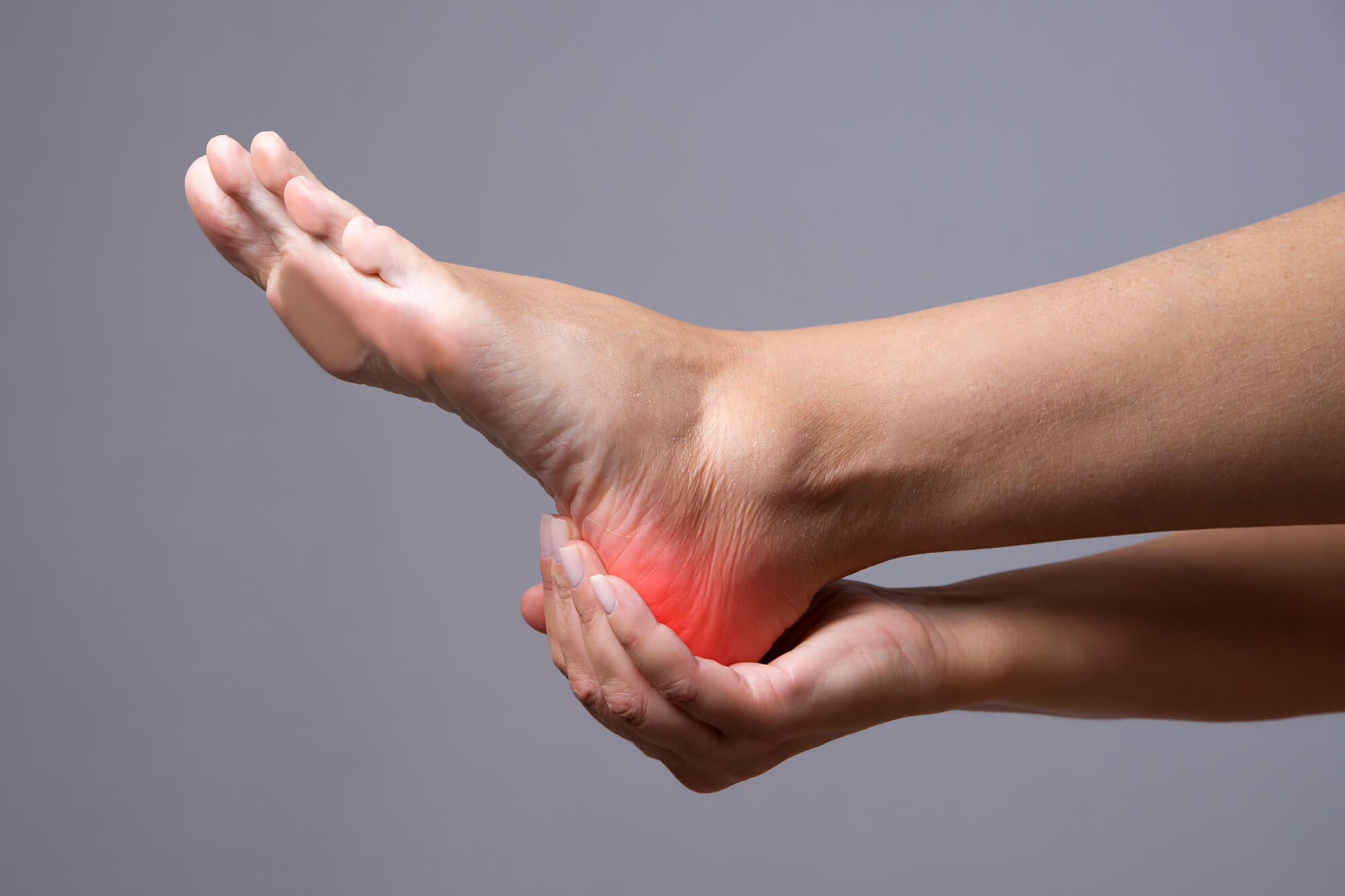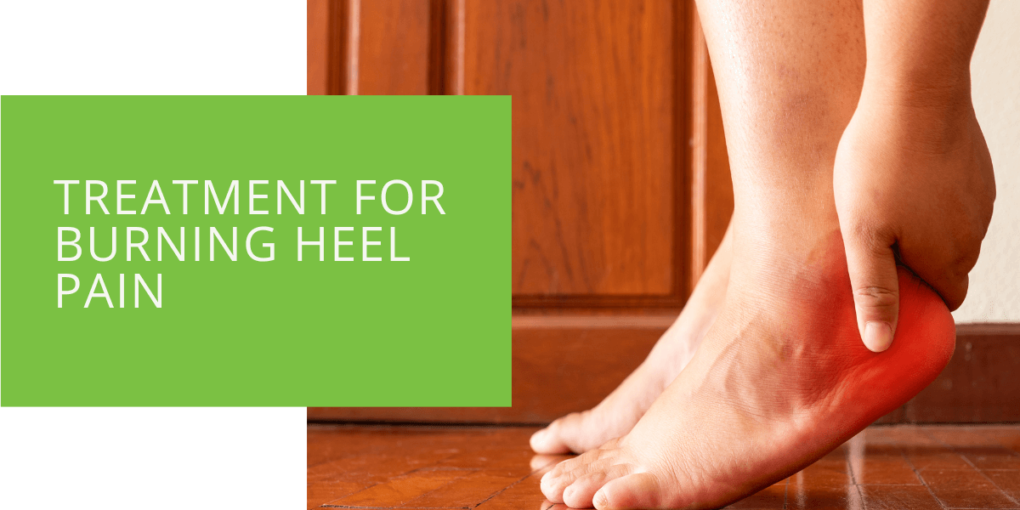Effective Treatment for Burning Heel Pain
When it comes to burning heel pain, seeking the right treatment is crucial. In this article, we will explore various effective treatment options that can provide relief and improve mobility for those suffering from this condition.
Understanding Burning Heel Pain
Burning heel pain is a common cause of discomfort and can be attributed to conditions such as plantar fasciitis. The plantar fascia, a band of tissue that supports the arch of the foot, can become inflamed, leading to intense burning pain. Additionally, other factors like nerve damage, tarsal tunnel syndrome, or the presence of a spur can contribute to the sensation of burning pain in the heel. Recognizing these underlying causes is essential for effective treatment.
Diagnosing Burning Heel Pain
Diagnosing the root cause of burning heel pain requires the expertise of a skilled podiatrist. A thorough examination, including a detailed medical history review and patient interviews, helps in pinpointing the precise cause. Diagnostic tests and imaging techniques, such as X-rays or MRI scans, may also be used to gather further insights into the condition.
Non-Invasive Treatment Options
Rest and Ice Therapy
Rest and ice therapy are foundational steps in managing burning heel pain. Resting the affected foot allows for the reduction of inflammation and the initiation of the healing process. It is advisable to avoid activities that exacerbate the pain and provide ample time for the foot to recover.
Ice therapy, also known as cryotherapy, can be applied to the heel to help alleviate the burning sensation. Ice helps reduce swelling, numb the area, and relieve temporary pain. To apply ice effectively, place a cloth or towel between the ice pack and the skin to prevent ice burns, and apply it to the heel for 15-20 minutes at a time, several times a day.
Stretching and Strengthening Exercises
Stretching and strengthening exercises are integral to managing burning heel pain, particularly when caused by conditions like plantar fasciitis. These exercises improve the flexibility and strength of the foot muscles and tendons, alleviating tension on the plantar fascia.
- Plantar Fascia Stretch: Sit with one leg crossed over the other and gently pull your toes back until you feel a stretch in the arch of your foot. Hold the stretch for 30 seconds and repeat several times on each foot.
- Calf Stretch: Stand facing a wall with one leg in front of the other. Lean forward, placing your hands on the wall, and keep your back leg straight while bending your front knee. You should feel a stretch in the calf of the back leg. Hold for 30 seconds and repeat on each leg.
- Toe Towel Curls: Place a towel on the floor and use your toes to scrunch it toward you. Repeat this exercise for several sets, gradually increasing the resistance using a thicker towel.
- Marble Pickups: Place a small bowl of marbles on the floor and use your toes to pick up each marble and drop it into another bowl. Aim for 10-15 repetitions with each foot.
Regularly incorporating these exercises into your daily routine can promote flexibility, strengthen the supporting structures, and reduce the risk of burning heel pain recurrence.

Footwear Modifications and Orthotic Inserts
Proper footwear and orthotic inserts are crucial in managing burning heel pain. Selecting shoes with good arch support, cushioning, and shock absorption can help alleviate discomfort and reduce pressure on the heel.
- Arch Support: Look for shoes with built-in arch support to stabilize and reduce strain on the plantar fascia. Inserts or orthotics specifically designed to support the arch can also be beneficial. These can be custom-made or purchased over the counter.
- Cushioning: Opt for shoes with adequate cushioning in the heel area to absorb shock and minimize impact during walking or other activities. Cushioned insoles or gel heel cups can be added to existing shoes to enhance cushioning.
- Proper Fit: Ensure that your shoes fit properly, with ample room for your toes and a snug but not tight fit around the heel and arch. Ill-fitting shoes can exacerbate burning heel pain and lead to additional foot problems.
Advanced Treatment Options
Advanced treatment options may be considered when non-invasive treatments prove insufficient in managing burning heel pain. These interventions provide targeted approaches to alleviate pain, promote healing, and restore optimal foot function.
Physical Therapy
Physical therapy is a valuable resource for individuals experiencing burning heel pain. A skilled physical therapist can employ various techniques to address underlying causes and symptoms, facilitating healing and improving overall foot function.
- Ultrasound Therapy: Ultrasound utilizes sound waves to generate deep heat, promoting blood circulation and accelerating tissue healing. This therapy can effectively reduce inflammation and relieve pain in the heel area.
- Electrical Stimulation: Electrical stimulation is commonly used in physical therapy to reduce pain and promote muscle contraction. Transcutaneous electrical nerve stimulation (TENS) is often applied to the affected area to alleviate burning pain and provide temporary relief.
- Manual Therapies: Skilled physical therapists employ hands-on massage, joint mobilization, and stretching exercises to alleviate muscle tension, improve range of motion, and enhance overall foot function.
A tailored physical therapy program may also include exercises specifically designed to target the plantar fascia and surrounding structures. These exercises aim to improve flexibility, strengthen supportive muscles, and restore balance to the foot.

Extracorporeal Shockwave Therapy (ESWT)
Extracorporeal Shockwave Therapy (ESWT) is a non-invasive treatment modality that has shown promising results in managing chronic burning heel pain. It utilizes high-energy sound waves to stimulate the body's natural healing response in the affected tissues.
During an ESWT session, a specialized device delivers controlled shockwaves to the heel area. These shockwaves promote blood circulation, reduce inflammation, and stimulate tissue regeneration. ESWT is particularly effective in cases of plantar fasciitis that have not responded to conservative treatments.
The procedure is typically performed on an outpatient basis and requires multiple treatment sessions over several weeks. ESWT is considered safe and well-tolerated, with minimal side effects. However, it is essential to consult with a podiatrist to determine if ESWT is a suitable option for your specific condition.
Surgical Interventions
Surgery for burning heel pain is typically reserved for severe cases that do not respond to conservative treatments. Surgical interventions aim to address the underlying causes of the pain and provide long-term relief.
- Plantar Fascia Release: This procedure partially cuts the plantar fascia ligament to relieve tension and reduce inflammation. By releasing the tight band of tissue, the strain on the heel is alleviated, resulting in reduced burning pain. Plantar fascia release can be performed using open or endoscopic techniques.
- Spur Removal: If a heel spur is present and contributes to the burning pain, it can be surgically removed. The surgical removal of the spur aims to eliminate the source of irritation and relieve symptoms.
While surgery can be effective, it is essential to consider the potential risks and benefits. A comprehensive evaluation by a podiatrist is necessary to determine if surgical intervention is the most appropriate course of action.
Medications and Pain Management
In some cases, medications may be prescribed to manage burning heel pain. Nonsteroidal anti-inflammatory drugs (NSAIDs) can help reduce inflammation and provide pain relief. Additionally, corticosteroid injections may be considered for severe pain, although they are typically used sparingly due to potential side effects.
Lifestyle Changes and Preventive Measures
In addition to specific treatments, certain lifestyle changes can contribute to managing burning heel pain. Maintaining a healthy weight, wearing supportive footwear consistently, and avoiding excessive activities that strain the foot can all help prevent recurrence of heel pain. Regular stretching and strengthening exercises are also beneficial for long-term foot health.
Conclusion
Burning heel pain can significantly impact one's quality of life, but effective treatments are available. Consulting a podiatrist is essential to accurately diagnose the underlying cause and determine the most appropriate treatment plan. Relief is within reach, whether through non-invasive options like rest, ice, and exercises or advanced therapies like ESWT or surgery. Don't let burning heel pain hold you back—seek professional help and regain pain-free mobility.

